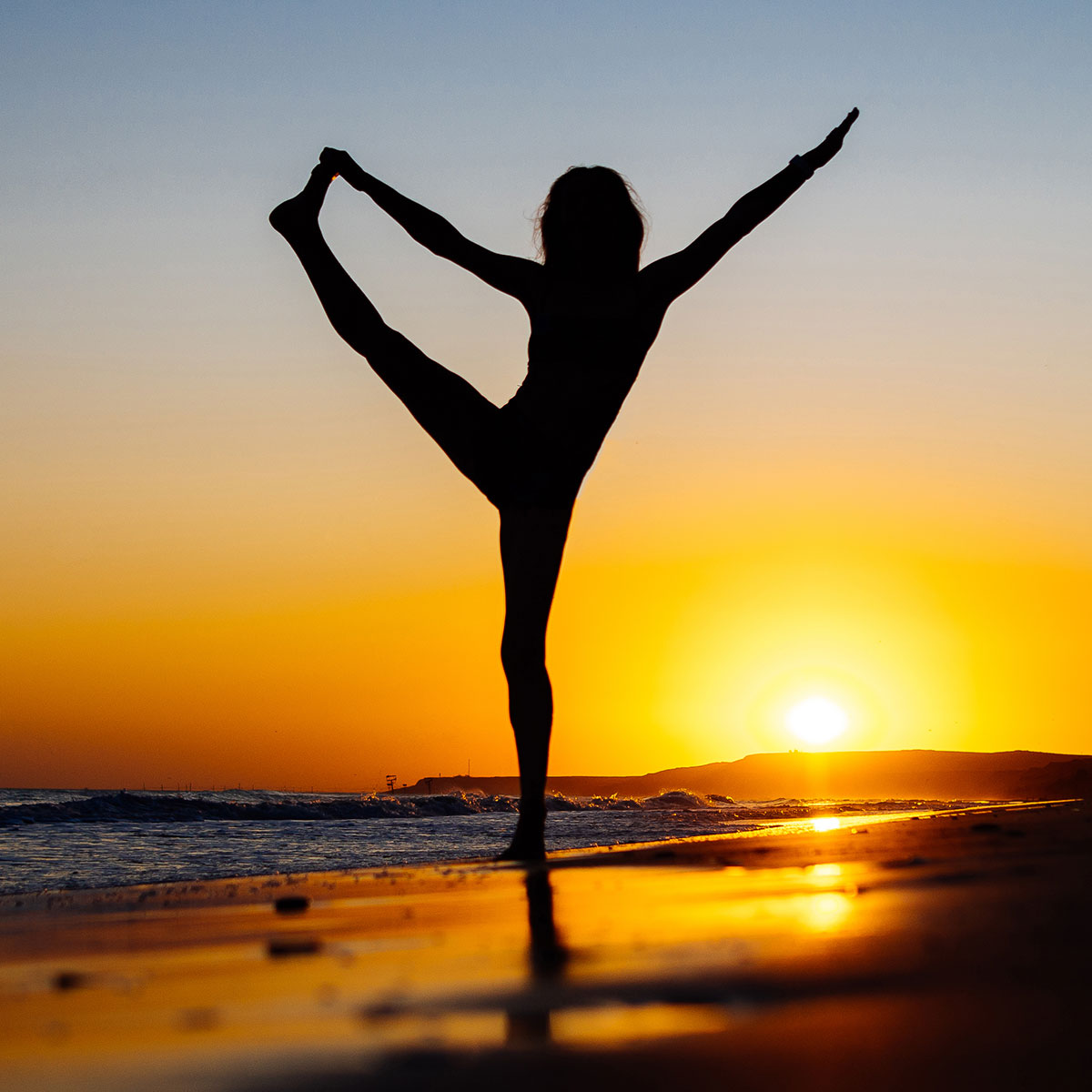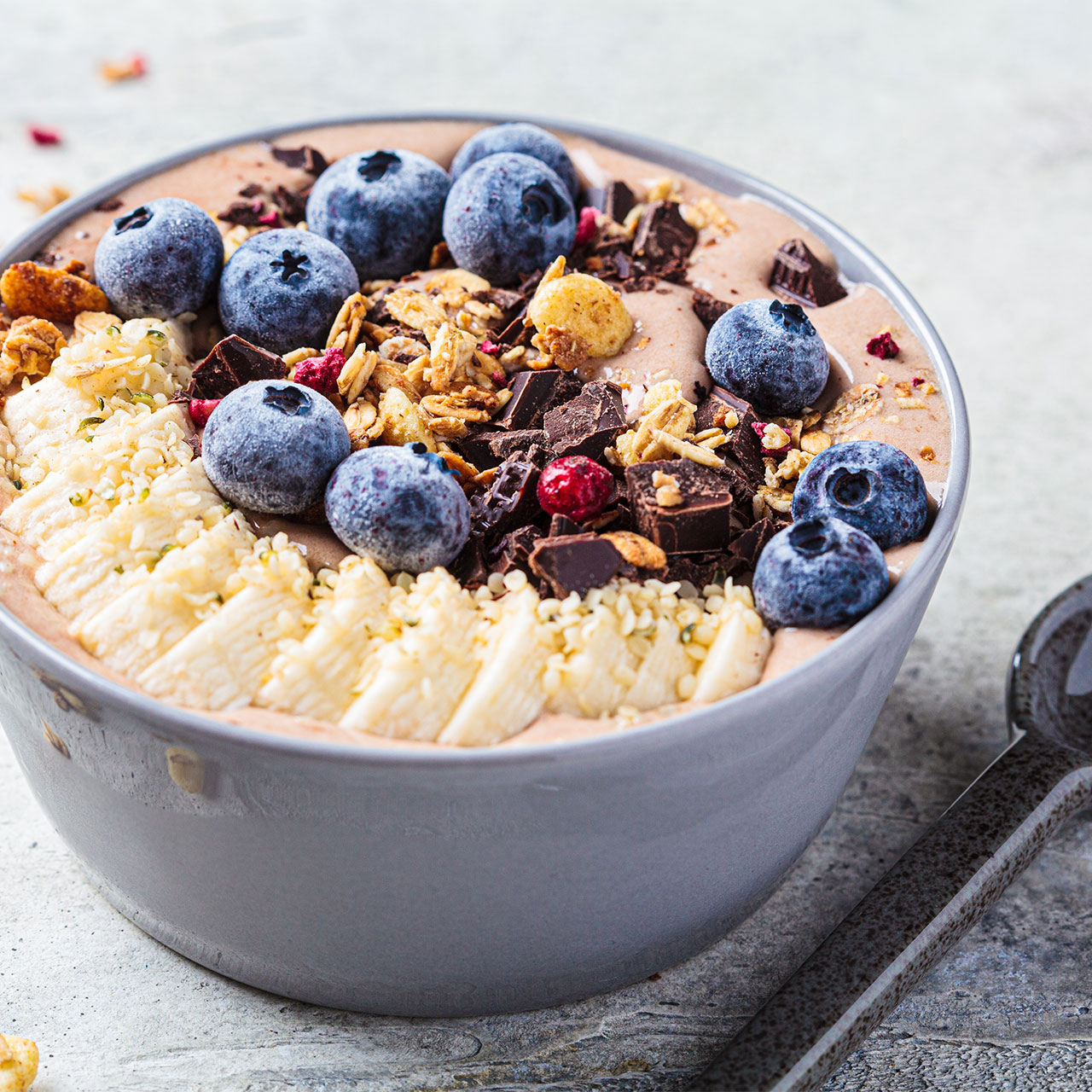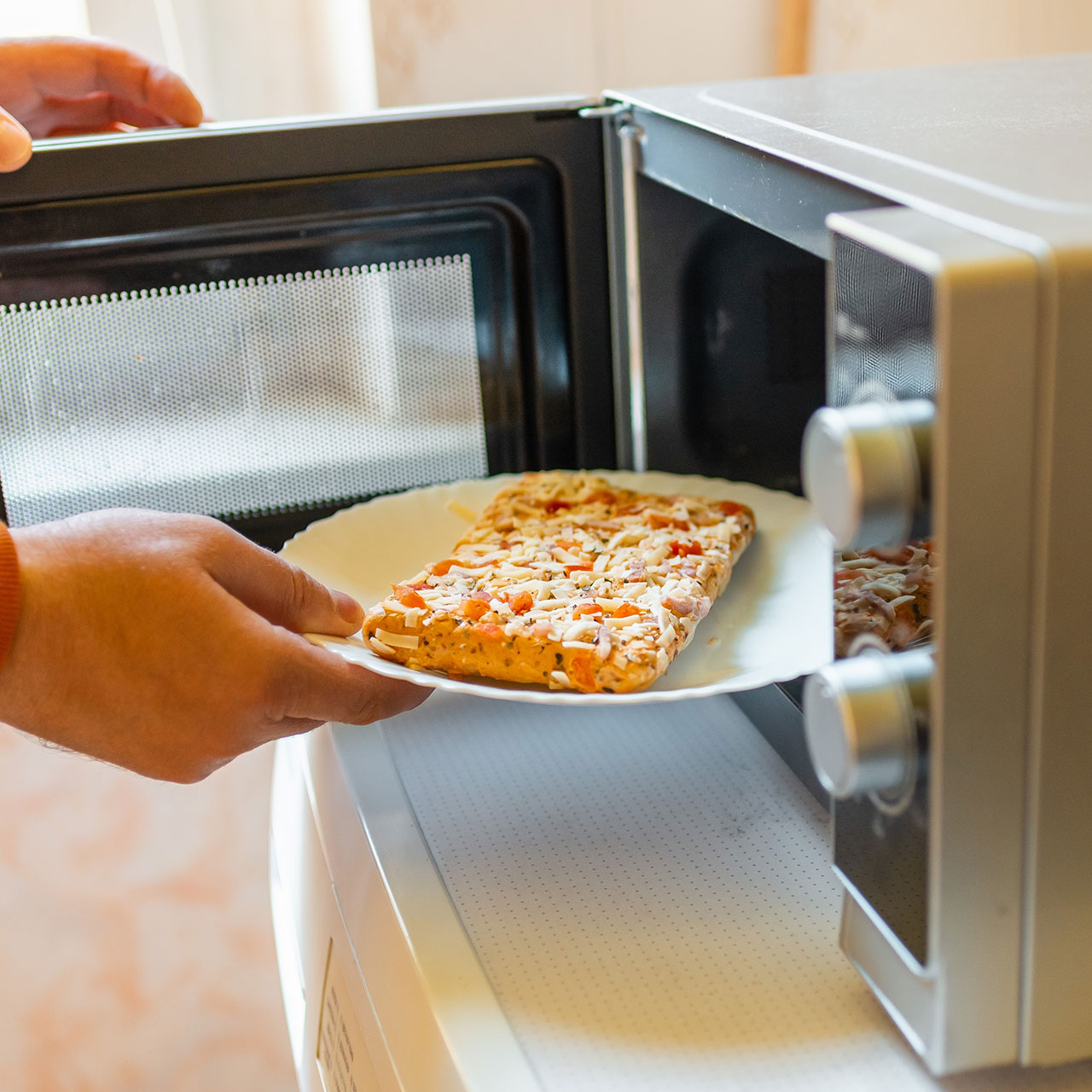Losing your balance and taking a tumble every now and then is only natural. It happens to the best of us! However, as you age and the muscles you use to stand naturally weaken (along with your vision), your risk of falling and injuring yourself due to a loss of balance becomes greater–which is why it’s so important to take measures to strengthen those muscles and keep your balance in good shape.
Occupational Therapist Rafael E. Salazar II, owner of ProActive Rehabilitation & Wellness, notes that there are several reasons older age comes with poorer balance. That means the best way to address your personal balance issues is to get down to the root of them. “For example, if the reason you are experiencing decreased balance is from visual, somatosensory, or vestibular dysfunction, then we’re going to want to address it in a different way than if the balance issues were related to weakness,” he explains. However, there are some all-encompassing exercises that definitely don’t hurt to try. “As a general rule, exercises that challenge all four of those areas tend to be effective at improving balance,” Salazar continues.
“You want to complete exercises and activities that challenge not only your muscles and your strength, but also challenge your proprioception or visual or vestibular system,” he says. “What this means practically speaking, is that you don’t want to do isolated movements or motions aimed at strengthening one certain movement or muscle. You want to complete an exercise that strengthens muscles but also involves some sort of movement.” All of that being said, we put together a list of some of the best exercises to improve balance that can help you do just that. Consider this your guide for how to improve your balance with 10 simple movements–find them all below!
READ MORE:
Health Experts Share How Walking After A Meal Can Instantly Lower Blood Sugar Over 50
A Personal Trainer Tells Us How To Boost Your Metabolism Through Your Workouts
10 Exercises To Improve Balance
Here are some of the best exercises that can help improve your balance and stability by strengthening your lower body, core, and more.
1. Balancing on one leg
This exercise is as simple as it sounds; all you need to do is practice balancing on on a single leg for an extended period of time (up to 30 seconds). Simply lift one of your legs, taking your knee up to hip level, hold it there for the amount of time you feel comfortable with, and then switch sides! One of the best parts of this exercise is that you can do it practically anywhere–even while brushing your teeth–as long as you have something sturdy to grab onto nearby, so you can steady yourself if you lose your balance.
2. Lateral thigh lift
This exercise also involves balancing on one leg, but it’s slightly different from the tip we gave you above. That’s because you’ll be moving your legs laterally for this one. Instead of lifting your leg in front of you with your knee bent, keep your leg straight and extend it to the side. You can hold it up for 5 seconds, lower it again, and repeat 5 times before switching sides. A lateral thigh lift is one of the best ways to strengthen your outer thighs, which is an essential part of good balance.
3. Single leg squat
The single leg squat is, again, just what it sounds like! If you know how to do a basic squat, you know how to do it on one leg (although it may be a bit more difficult due to the lack of stability–but that’s what makes it a great balancing exercise!) This one is great for strengthening those glutes and improving balance! Start with your left leg lifted off the ground. Then, squat down on your right leg. Straighten your right leg again to come back up and finish the move, then repeat 5 times on each side.
4. Catch and hold
Heads up: you’ll need a partner for this one! For the catch and hold, you should start in that balancing-on-one-leg position again, with one leg up and your knee at about hip level. Once you’re balanced, your partner should throw you something easy to catch–probably a small ball. This is an especially great exercise for balance because it requires you to flex your vision (another major factor of balance in addition to muscle strength) and use your hand-eye coordination.
5. Sidestepping
For sidestepping, you’ll (you guessed it) practice stepping from side to side. Facing a wall or counter nearby to steady yourself on if you need it, walk sideways with your toes pointed forward, down the length of the wall or counter. Start in the other direction when you reach the end. Be sure not to drag your feet and to keep them facing forward. If you need a bit more difficulty on this one, you can use a resistance band.
6. Standing March
Sometimes improving your balance is as simple as marching in place! Stand with your feet slightly apart and your arms at your side, then march in place as you lift your knees up. Try it out for 20-30 seconds at a time. You may also want to practice marching on different surfaces to challenge your balance.
7. Standing 3-way kicks
This exercise is similar to a lateral thigh lift, but it will allow you to move your leg in other directions as well. As you stand on your left leg, start by raising your right leg straight out in front of you. Then, bring your extended right leg back down before lifting it laterally out to the side (just like the thigh lift). Come back to center one more time and extend your right leg out behind you. Once you’ve done all three, you can switch legs (or repeat a few more times before switching).
8. Heel-to-toe
One great way to improve your balance is by practicing heel-to-toe standing or walking. Just as you’d guess, this involves standing with one foot directly in front of the other so that your toe is touching your heel. Try to hold this pose for 30 seconds before switching sides. Once you’re comfortable with the standing position, you can try walking by placing one foot directly in front of the other.
9. Planks and other core exercises
We’ve talked a lot about exercises involving your lower body, but as it turns out, strengthening your core can make a major difference in your balance and stability, as well–and that includes your hips and shoulders, along with your abdominal muscles. One of the best ways to work your core is with a plain old plank, which involves resting facedown on your forearms and toes, with the rest of your body up off of the floor. Keep your torso straight and engage your abs. Hold for 10 seconds or as long as you can!
10. Donkey kicks
Another great core exercise that also involves using your legs is donkey kicks. This exercise requires a good deal of balance and can even help strengthen both your glutes and your abs. Start on all fours with a flat back, tuck your chin in, engage your abs, and lift your left leg. You should keep this leg bent as it was when it was on the floor as you lift it. Bring it back down to the ground, and that’s one rep on one side. Repeat as many reps as you’d like on both sides.
READ MORE:
3 Morning Stretches You Should Do Every Morning Because They Boost Energy, Weight Loss And Digestion
2 Pilates Exercises To Improve Balance And Mobility Over 50
The bottom line
Just as Salazar mentioned, the best way to improve your balance is to pin down the specific issue that may be causing yours to weaken. In fact, working with a balance trainer or physical therapist to target your personal needs is always the best way to go if you find yourself starting to lose your balance more frequently. But when it comes to strengthening your muscles in order to improve your stability overall, adding these simple exercises to your daily routine is a great way to go. You’ll be well on your way to good balance in no time!


























